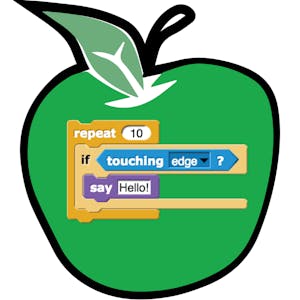Music as Biology: What We Like to Hear and Why
About this Course
The course will explore the tone combinations that humans consider consonant or dissonant, the scales we use, and the emotions music elicits, all of which provide a rich set of data for exploring music and auditory aesthetics in a biological framework. Analyses of speech and musical databases are consistent with the idea that the chromatic scale (the set of tones used by humans to create music), consonance and dissonance, worldwide preferences for a few dozen scales from the billions that are possible, and the emotions elicited by music in different cultures all stem from the relative similarity of musical tonalities and the characteristics of voiced (tonal) speech. Like the phenomenology of visual perception, these aspects of auditory perception appear to have arisen from the need to contend with sensory stimuli that are inherently unable to specify their physical sources, leading to the evolution of a common strategy to deal with this fundamental challenge.Created by: Duke University

Related Online Courses
This course is intended to serve as an introduction to population health from both the vantage point of both public health and healthcare. We will examine the key components of community health... more
This Specialization will teach you to optimize website content for the best possible search engine ranking. You\'ll learn the theory behind Google search and other search engine algorithms; you\'ll... more
This Specialization focuses on using social media as a marketing tool in business communication and development. Learners will be oriented to the social media environment and encouraged to consider... more
Want to make a game that ends when you \"catch\" an object by clicking on it? Or maybe you get points based on how close you came? You\'ll do that in this class! This class teaches the concepts of... more
Welcome learner! This is the first of five courses of the Google Cloud Data Analytics Certificate. Jump into the world of data analytics and cloud computing. Explore the data lifecycle in the cloud... more








